European decorating style is more than just aesthetics; it’s a reflection of history, culture, and an appreciation for craftsmanship. As someone who has spent years absorbing the nuances of this style through travels and experimentation in my own home, I understand the allure it holds. From the rustic charm of the countryside to the opulent grandeur of urban spaces, this article will guide you through every aspect of European decor, equipping you with the knowledge to imbue your own spaces with this timeless elegance.
What is European Decorating Style?
European decorating style encompasses various aesthetic traditions that originated from different regions of Europe. Each region offers its own unique flavor, making this style incredibly diverse and rich. Key characteristics often include:
- Warm color palettes
- High-quality materials
- Elegant furniture and decor
- Attention to detail
- A mix of modern and antique elements
Key Characteristics of European Decorating Style
1. Color Palettes
European color schemes often include soft, muted tones combined with vibrant accents. Think of warm beiges, rich browns, and deep blues, often paired with splashes of burgundy or gold.
2. Materials and Textures
Quality is paramount in European design. High-end materials such as hardwood, marble, and natural fabrics are commonplace. This not only enhances the aesthetic but also durability.
3. Furniture
Furniture in European decor is often both functional and beautiful. You’ll find a blend of vintage pieces with modern designs, promoting a sense of history while maintaining contemporary comfort.
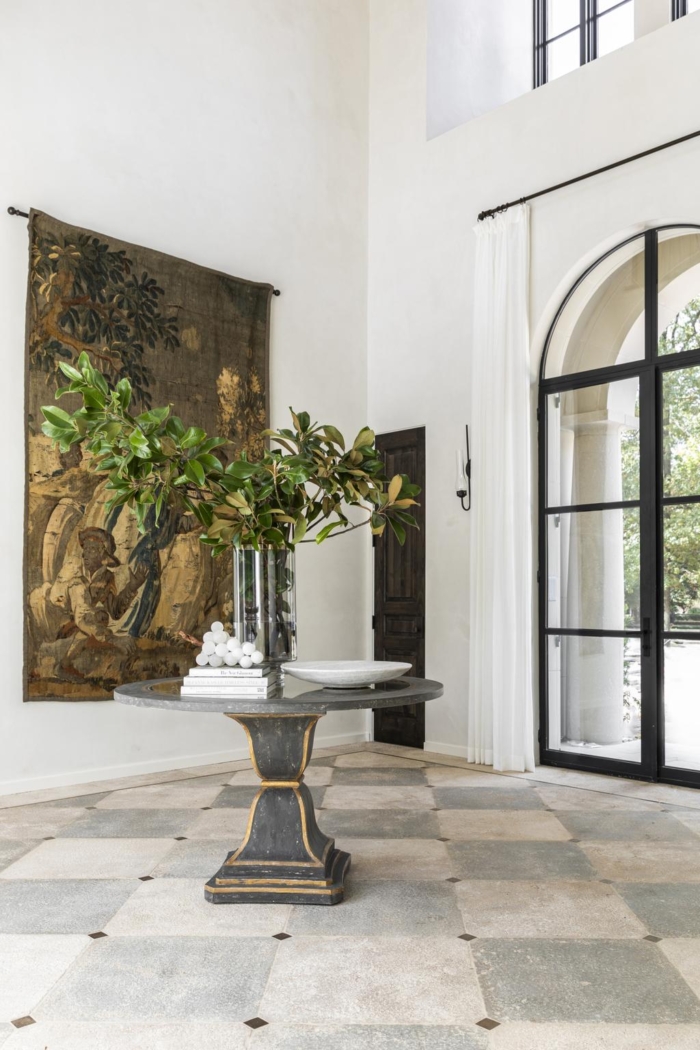
4. Decor Accessories
Accessories play an important role. From ornate chandeliers to intricate throw pillows, each piece adds character and a story to the environment.
5. Architectural Elements
European homes frequently feature architectural details like crown molding, wainscoting, and coffered ceilings that elevate the space beyond basic functionality.
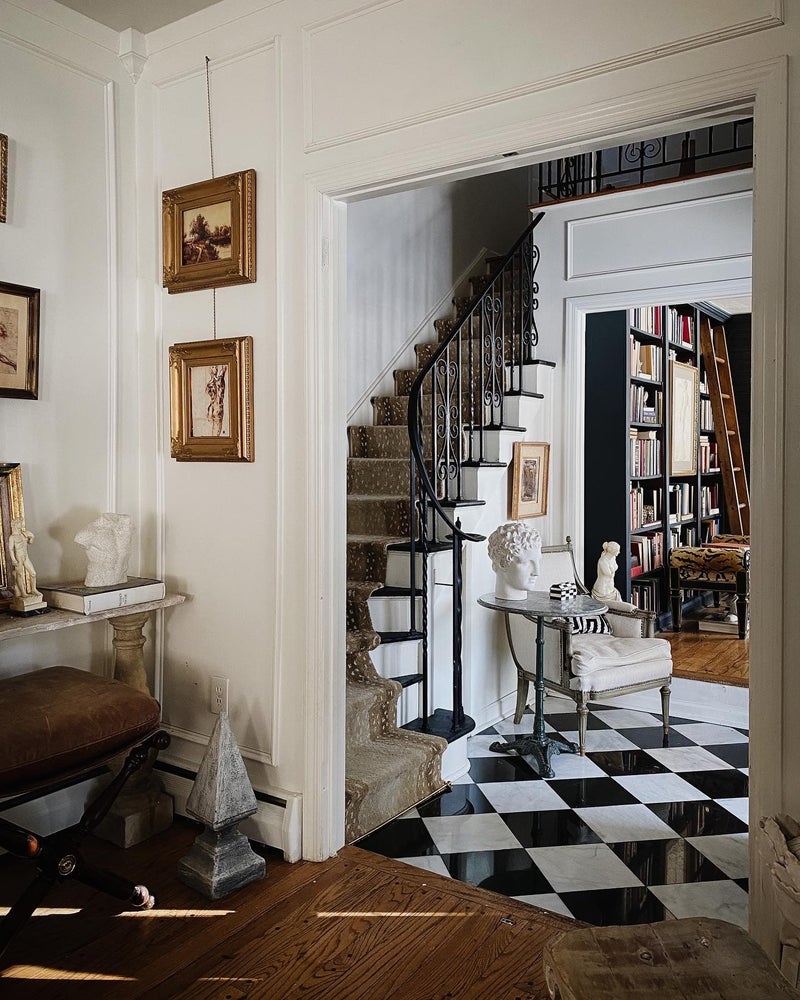
Regional Styles within European Decorating
To fully appreciate the depth of European decorating style, let’s explore some of the distinct regional styles:
1. French Country Style
French country style embarks on rustic charm and elegance. It often emphasizes natural materials, soft colors, and an inviting atmosphere.
- Key Features: Distressed furniture, floral patterns, and antique accents.
- Pros: Warm and welcoming atmosphere.
- Cons: Can be easily cluttered if not curated carefully.

2. Italian Elegance
Italian decorating style celebrates luxury and is characterized by rich colors and sumptuous fabrics.
- Key Features: Bold colors, handcrafted details, gorgeous frescoes.
- Pros: A sophisticated and dramatic look.
- Cons: Higher costs due to quality materials.
3. Scandinavian Minimalism
Scandinavian style focuses on simplicity, functionality, and natural elements.
- Key Features: Light woods, soft textiles, and bright spaces.
- Pros: Clean and uncluttered feel.
- Cons: May feel too stark for some preferences.
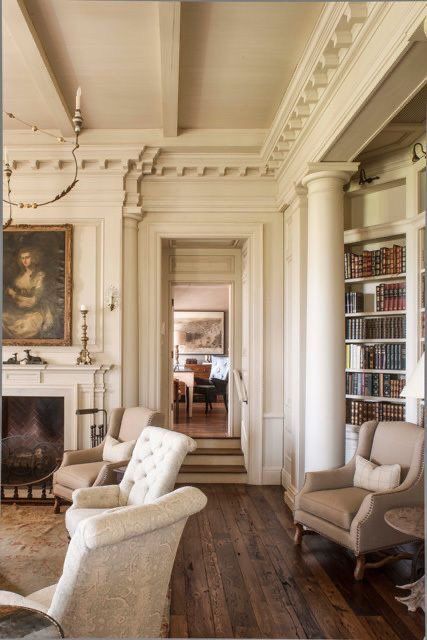
4. British Classic
British style is known for its classic touch, often incorporating plaid patterns and traditional furnishings.
- Key Features: Heritage colors, comfortable sofas, and layered textiles.
- Pros: Timeless appeal.
- Cons: Can lean towards being too formal.
Incorporating European Style into Your Home
Now that we’ve explored these styles, let’s delve into practical tips for incorporating European design elements into your own home.
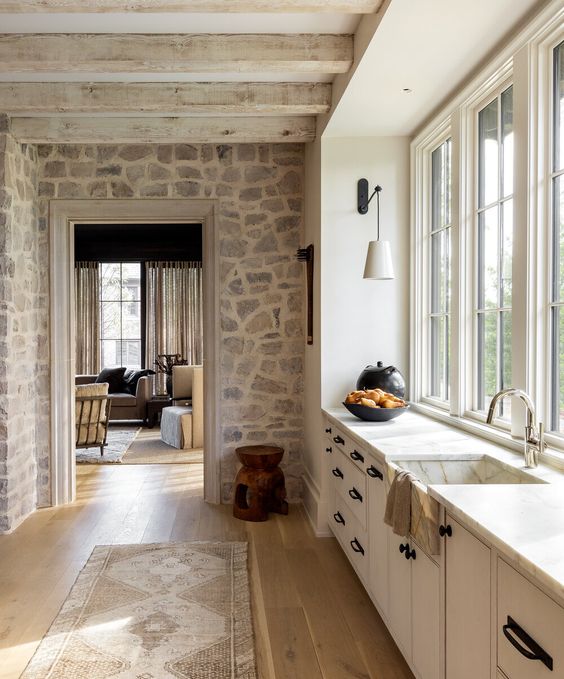
1. Start with the Basics
Begin by choosing a color palette that resonates with you. Incorporate warm neutrals as a base and add rich accent colors through textiles and furnishings.
2. Invest in Quality Furniture
Prioritize quality over quantity. A single statement piece can become a focal point, emphasizing the elegance of the European style.
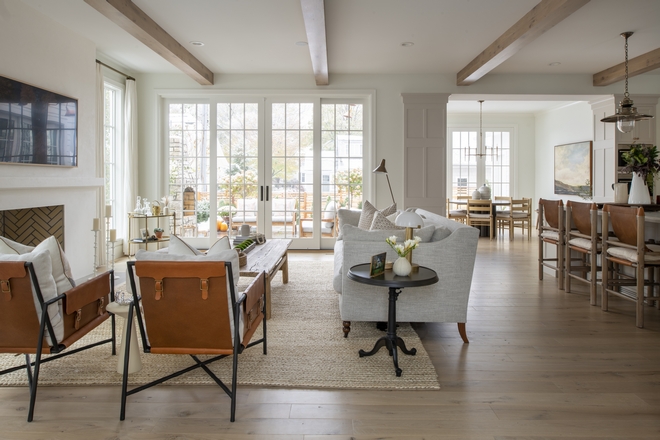
3. Layer Textures
Mix different textures to create depth. Think of combining plush throws with rustic wood accents or shiny metallics.
4. Curate Accessories Thoughtfully
Choose decor pieces that tell a story. Visit flea markets or antique shops to find unique items that resonate with European aesthetics.
5. Don’t Forget the Lighting
Lighting is critical in European design. Opt for beautiful chandeliers, table lamps, or wall sconces that enhance the ambiance.
Common Mistakes to Avoid in European Decorating
While trying to achieve the European look, it’s easy to make some common mistakes:
1. Overcrowding Spaces
Don’t feel the need to fill every nook and cranny. The minimalist approach can often be more elegant.
2. Forcing a Theme
Avoid sticking too rigidly to one style. European design thrives on mixing different influences.
3. Ignoring Functionality
Always remember that a space should be livable and functional. Prioritize comfort alongside aesthetics.
Comparison of European Decorating Styles
| Style | Characteristics | Pros | Cons |
|---|---|---|---|
| French Country | Rustic charm, soft colors, vintage decor | Warm atmosphere | Can become cluttered |
| Italian Elegance | Rich colors, luxury fabrics, elaborate details | Sophisticated look | Higher cost |
| Scandinavian Minimalism | Light woods, simplicity, functionality | Uncluttered feel | Too stark for some |
| British Classic | Heritage colors, plaid, traditional furnishings | Timeless appeal | Can be overly formal |
Personal Experience: Transforming My Space
When I first decided to integrate European decorating styles into my home, I found that the journey was as rewarding as the destination. I began by choosing a French country style, with its inviting colors and vintage furnishings. Each piece of decor was carefully selected at flea markets, each carrying its own history. The transformation brought warmth and character into my living space, making it a welcoming haven for family and friends.
FAQs about European Decorating Style
1. What are the primary colors used in European decorating style?
The primary colors are usually warm neutrals like beige, taupe, with accents in deep blues, greens, and burgundies.
2. How can I mix different European styles in my home?
You can mix styles by choosing a few common elements from each, such as color palettes or furniture shapes, while ensuring that there’s a cohesive feel throughout your space.
3. Is European decorating style expensive?
While some elements can be pricey, it’s possible to achieve a beautiful European look on a budget by sourcing second-hand or vintage pieces.
4. Can I create a European style in a small apartment?
Absolutely! Focus on key elements like furniture quality and color palettes to create a cozy yet elegant environment.
5. How do I add personal touches to my European decor?
Incorporate personal items like family heirlooms or artwork that reflects your experiences. These items will offer a unique narrative to your space.
Conclusion: Embracing European Decorating Style
European decorating style offers an abundance of options to create spaces that are not only beautiful but also deeply personal. Whether you lean toward the rustic charm of French country or the minimalism of Scandinavian design, the key is to choose elements that resonate with you. By embracing quality, textures, and timeless accessories, you can transform your home into a reflection of European elegance, one room at a time.
So, are you ready to embark on your European decorating journey? Share your experiences or questions in the comments below! Happy decorating!